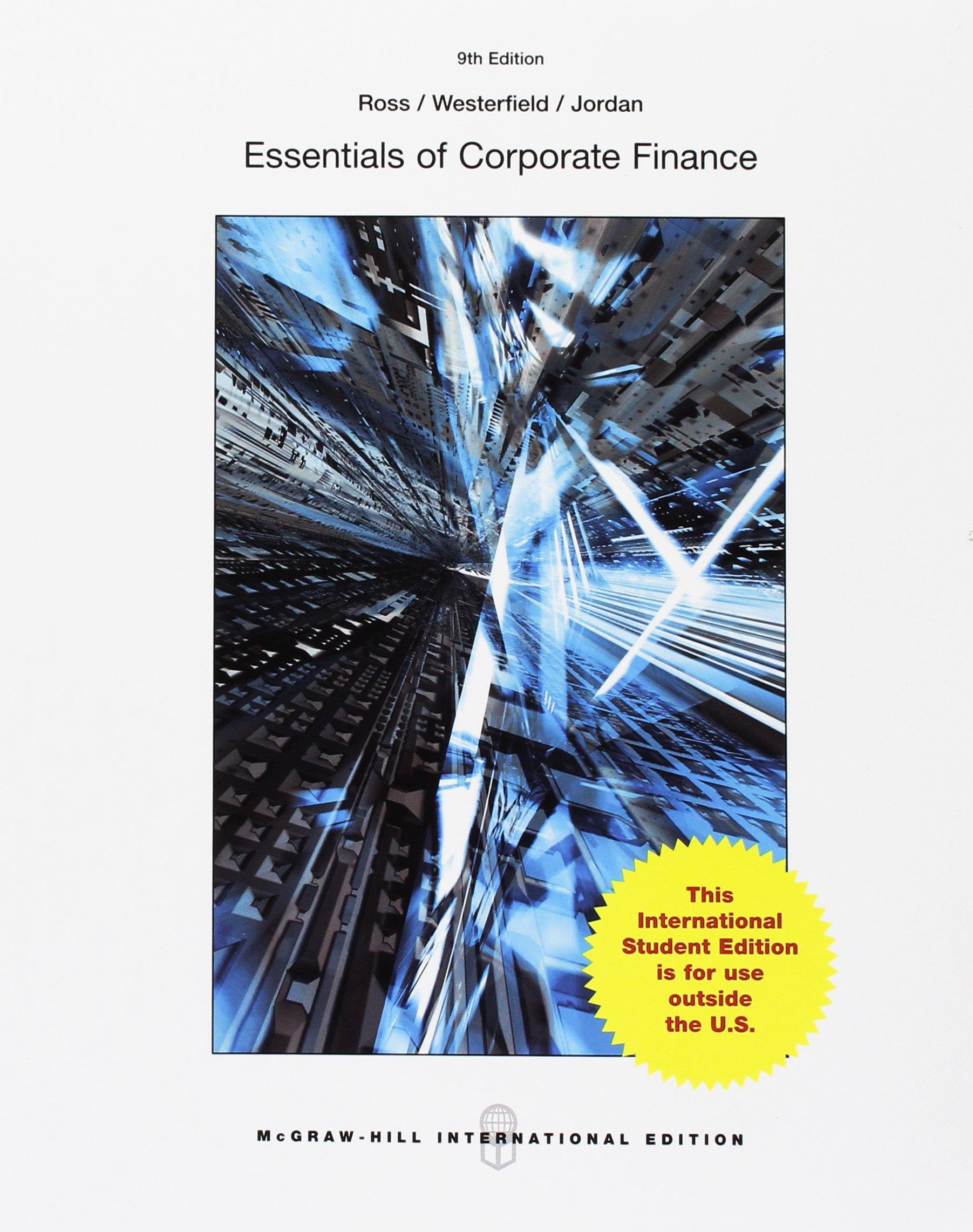The assignment is based on the Case: Project Portfolio Management at XYZ Pharma that was developed at London School of Economics. The case describes the R&D project selection and prioritization problem at a major pharmaceutical company, a recurrent issue of strategic importance to the company. Students will not be asked to conduct an actual quantitative analysis but to start thinking about how they would frame the project, which quantitative tools they might use and which information to collect.
Part 1 Framing the Project Portfolio Management Problem
Develop a decision framework for project portfolio management at XYZ:
What are the objectives?
What are the constraints?
What are the risks involved?
What are your alternatives?
What information is required for project portfolio management at XYZ and how can it be collected?
Part 2 Project Valuation
Before thinking about appropriate portfolio decisions, the value of each project in the portfolio needs to be determined. How would you determine the value of the following project (Project 1) in XYZs portfolio, a project in the pre-clinical phase, part of the Oncology therapeutic area? What additional information would you collect? Which quantitative tool(s) might help you in determining the value of the project?
Part 3 Project Risk
When implementing project 1, you face technical and market risk. How would you assess the risks embedded in Project 1? What additional information would you collect? Which quantitative tool(s) might help you in determining the project risk?
Part 4 Project Portfolio Decisions
Suppose that next years R&D budget for the oncology area has been reduced to $50 million. How would you decide which projects to continue, and which to put on hold? What additional information would you collect? Which quantitative tool(s) might help you in determining the best portfolio?










Project Portfolio Management at XYZ Pharma Early morning, Monday 29 August 2005. John Smith, head of portfolio management and strategic planning, was paging through the slides he had prepared for the Portfolio Management Board (PMB) meeting which would start at 9 am, and which was scheduled to last until Friday. "We have been preparing this meeting for weeks he thought, "and it seems the PMB has some tough decisions to make The PMB of XYZ Pharma, the pharmaceutical division of XYZ, one of the world's leading companies in the life science sector, convenes yearly in August to review the composition of the research and development (R&D) project portfolio. It also meets on a monthly basis to monitor the project portfolio and make decisions regarding new developments According to John Smith, "The PMB is an important decision making body because it shapes the future of the company by determining its product pipeline" The PMB members include the CEO of XYZ, the CEO of XYZ Pharma, the heads of the different business units, the heads of Development, Research, Global Marketing and Strategic Planning, the regional heads for the US, Europe and Japan and the functional managers for Regulation, Clinical, Licensing, Technical Research and Development, and Patents The portfolio group, led by John Smith had analysed the project portfolio carefully and had highlighted several potential threats that required action. According to John "There will be an in- depth discussion of which projects will be allocated additional resources, and at expense of which other projects this will be The Pharmaceutical Industry The lion share of the pharmaceutical market is captured by approximately hundred manufacturers, which account for more than 90% of global sales. Exhibit 1 contains the top twenty pharmaceutical companies ranked by sales. Since the mid-1980s, the pharmaceutical industry has been characterized by large and frequent mergers and acquisitions (see Exhibit 2), which have had a dramatic impact on the pharmaceutical landscape. Nevertheless, each pharmaceutical "giant only holds a relatively small share of the total drug market. Project Portfolio Management at XYZ Pharma Early morning, Monday 29 August 2005. John Smith, head of portfolio management and strategic planning, was paging through the slides he had prepared for the Portfolio Management Board (PMB) meeting which would start at 9 am, and which was scheduled to last until Friday. "We have been preparing this meeting for weeks he thought, "and it seems the PMB has some tough decisions to make The PMB of XYZ Pharma, the pharmaceutical division of XYZ, one of the world's leading companies in the life science sector, convenes yearly in August to review the composition of the research and development (R&D) project portfolio. It also meets on a monthly basis to monitor the project portfolio and make decisions regarding new developments According to John Smith, "The PMB is an important decision making body because it shapes the future of the company by determining its product pipeline" The PMB members include the CEO of XYZ, the CEO of XYZ Pharma, the heads of the different business units, the heads of Development, Research, Global Marketing and Strategic Planning, the regional heads for the US, Europe and Japan and the functional managers for Regulation, Clinical, Licensing, Technical Research and Development, and Patents The portfolio group, led by John Smith had analysed the project portfolio carefully and had highlighted several potential threats that required action. According to John "There will be an in- depth discussion of which projects will be allocated additional resources, and at expense of which other projects this will be The Pharmaceutical Industry The lion share of the pharmaceutical market is captured by approximately hundred manufacturers, which account for more than 90% of global sales. Exhibit 1 contains the top twenty pharmaceutical companies ranked by sales. Since the mid-1980s, the pharmaceutical industry has been characterized by large and frequent mergers and acquisitions (see Exhibit 2), which have had a dramatic impact on the pharmaceutical landscape. Nevertheless, each pharmaceutical "giant only holds a relatively small share of the total drug market
















